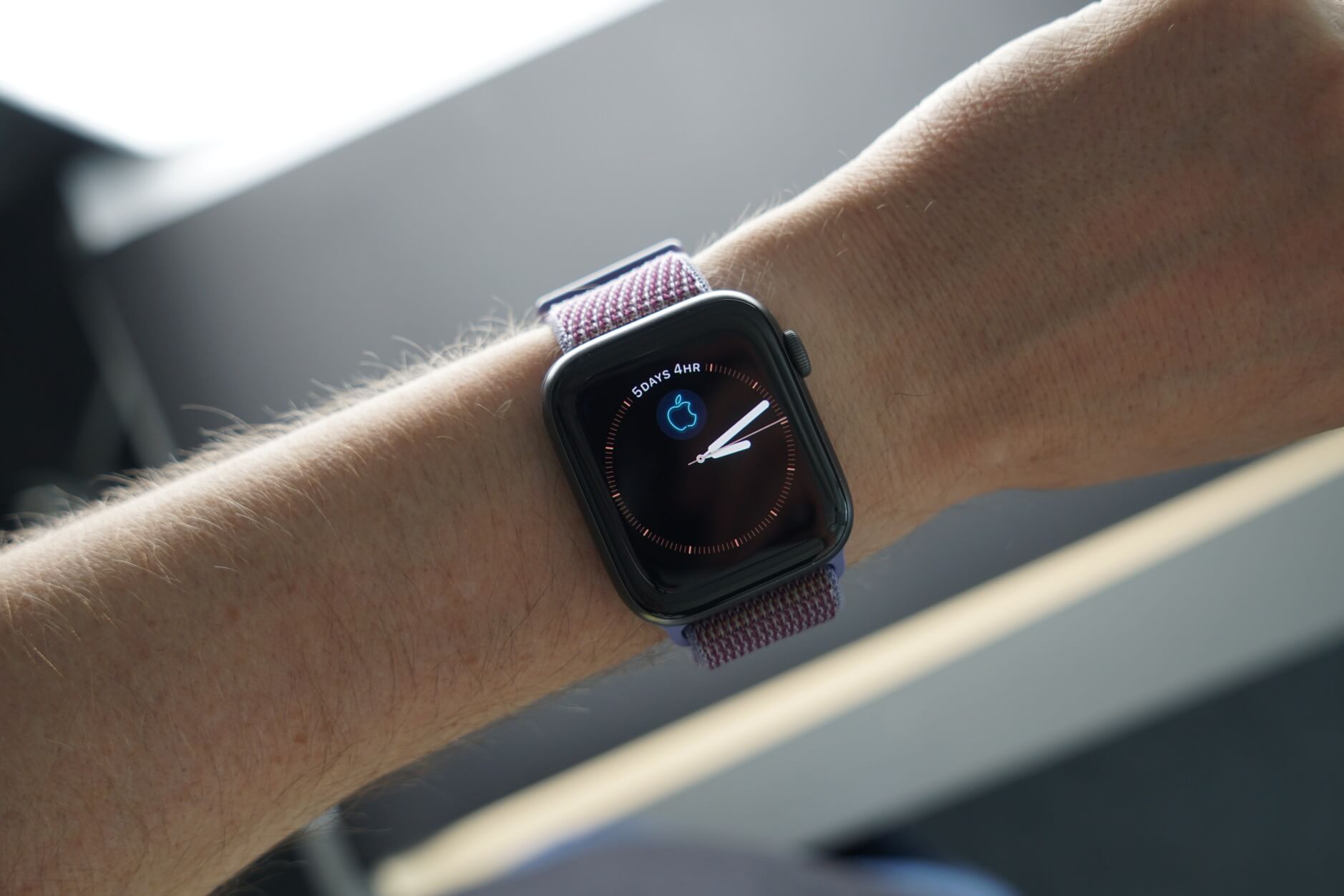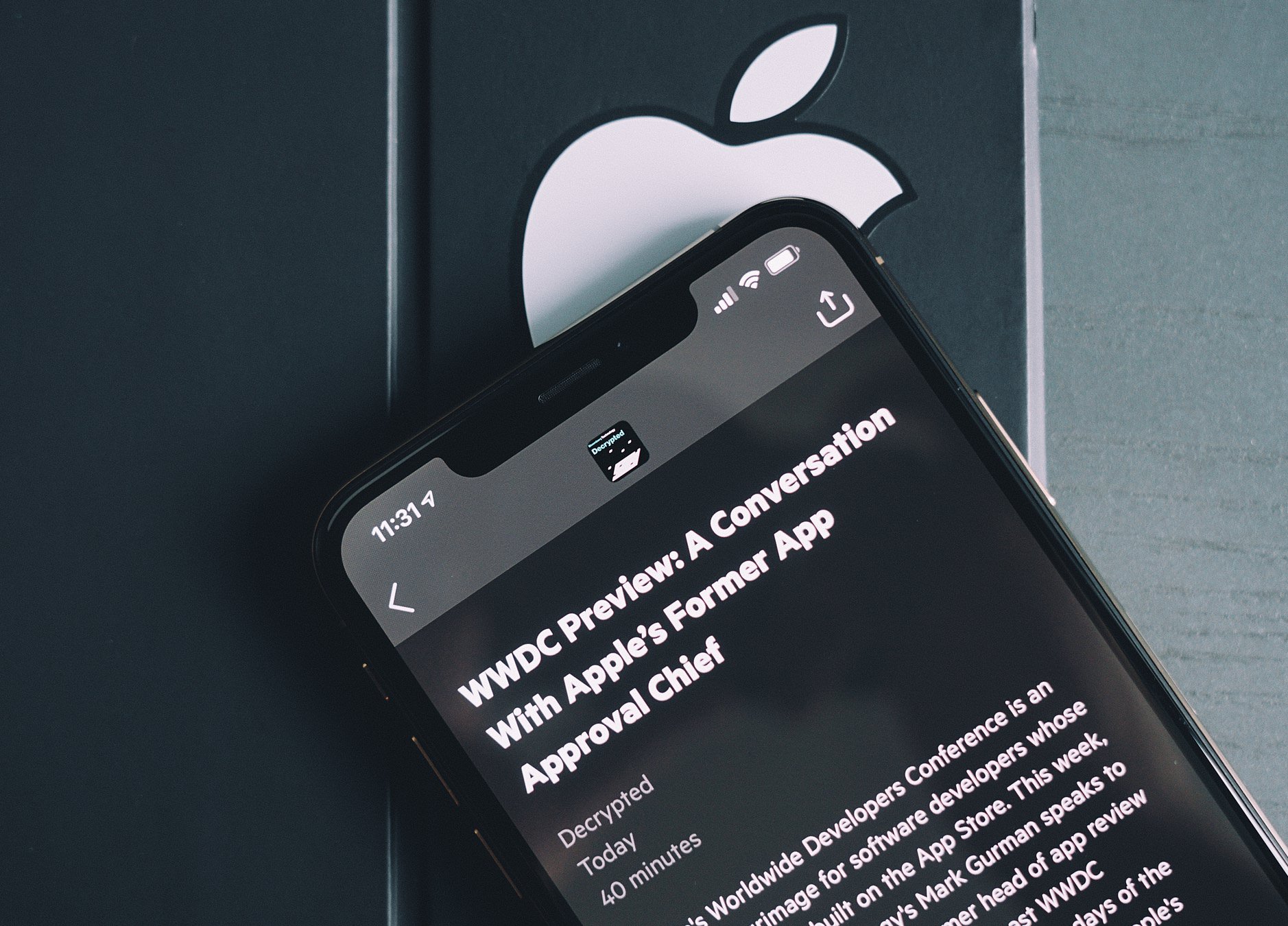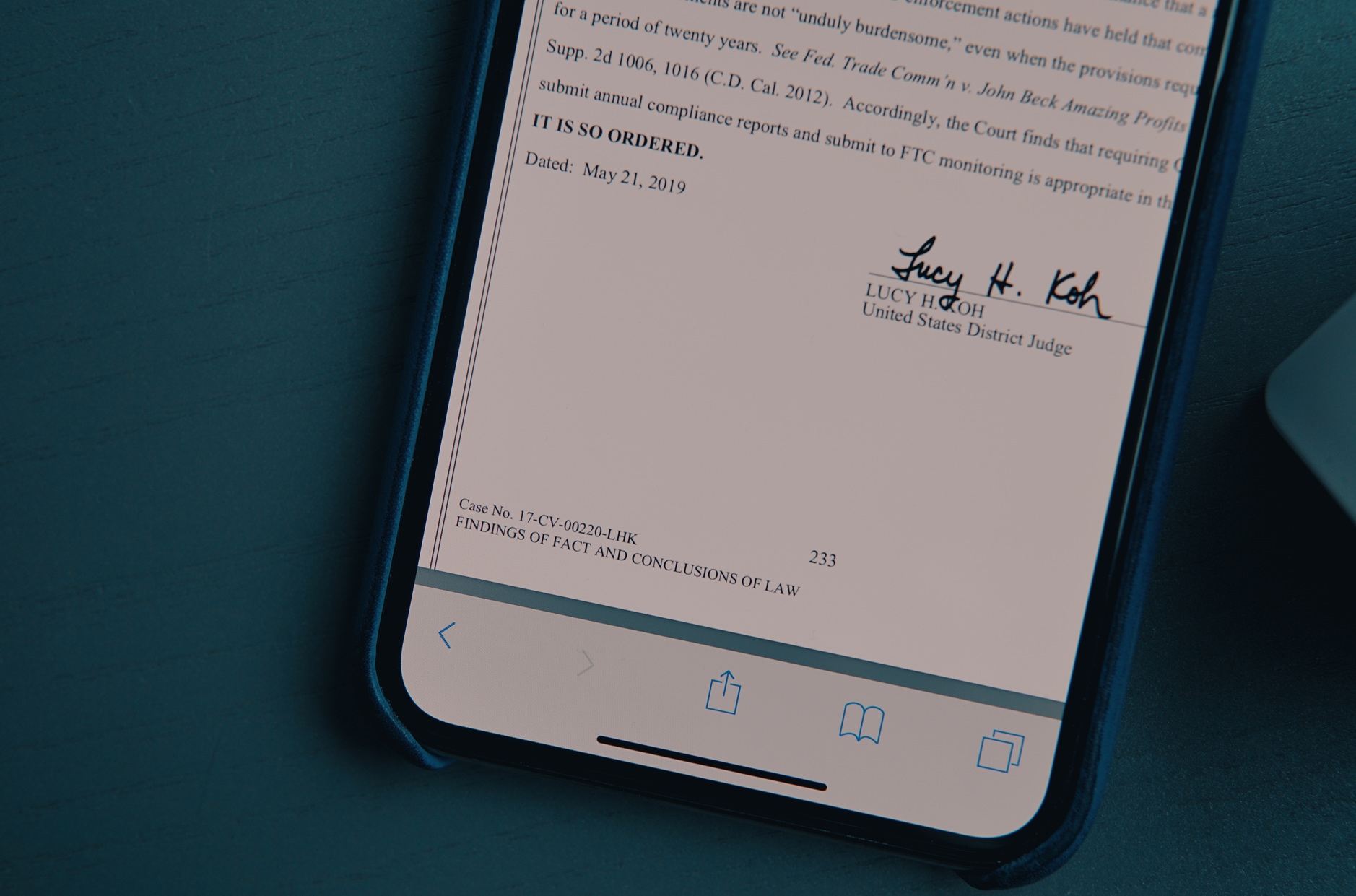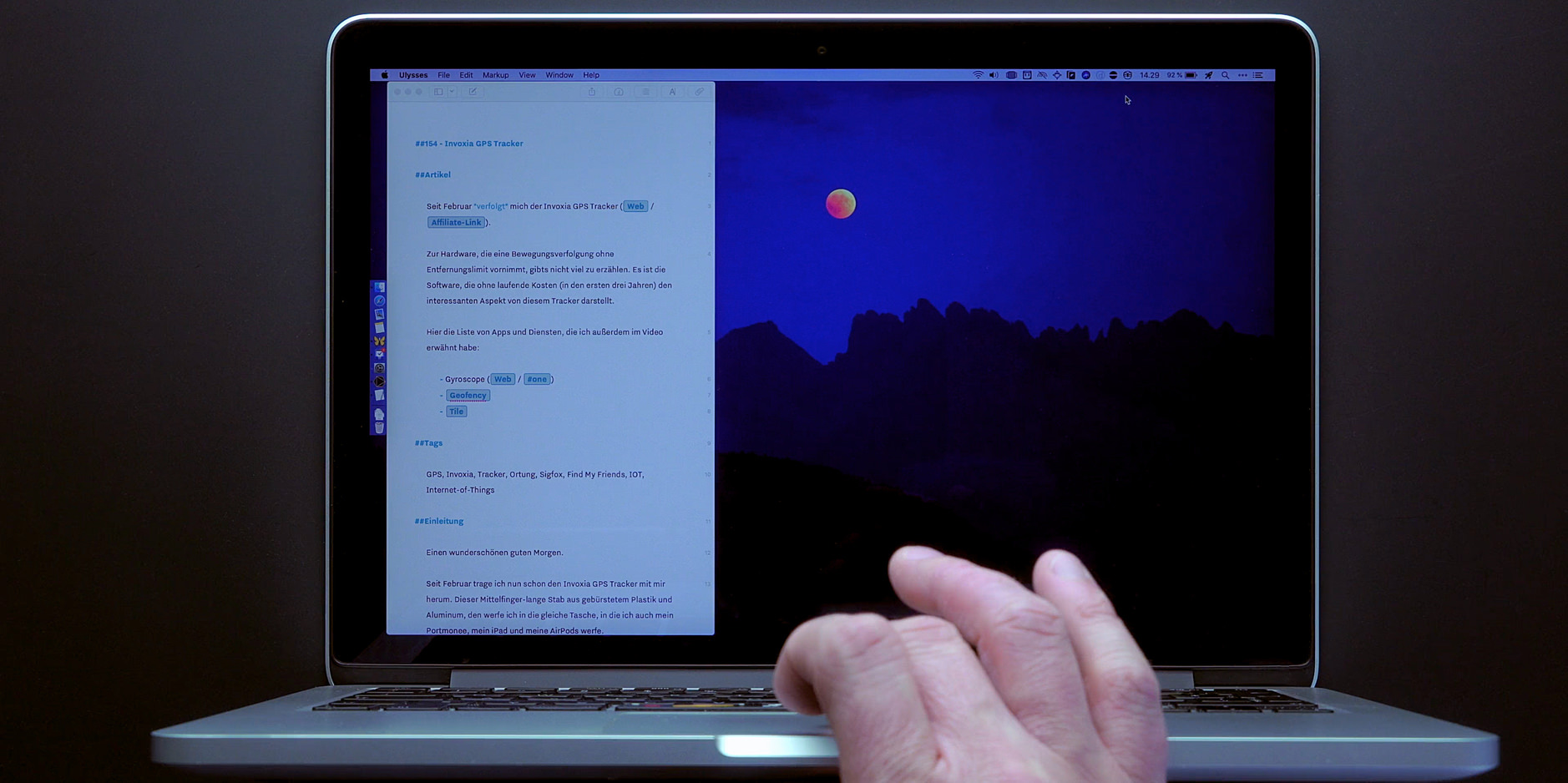„T minus 5 Tage“

Für die Vorfreude: Apples WWDC-App (universal; Laden) zeigt euch eine Countdown-Komplikation bis zur Keynote-Eröffnungsveranstaltung (am nächsten Montag) auf der Apple Watch an.

Für die Vorfreude: Apples WWDC-App (universal; Laden) zeigt euch eine Countdown-Komplikation bis zur Keynote-Eröffnungsveranstaltung (am nächsten Montag) auf der Apple Watch an.

Phillip Shoemaker: So there was an actual fear inside Apples early days of the App Store that if they allowed these different Google services on the phone, the phone could basically become a Google phone. That was a real thing. […]
Mark Gurman: Is that a reason why still to this day, and I believe that will be the case for iOS 13, you cannot set other third-party apps as defaults for main functions?
Phillip Shoemaker: Yes, I would say that’s absolutely the reason.
Phillip Shoemaker leitete den App-Store-Prüfprozess von 2009 bis 2016 und packt im Gespräch mit Mark Gurman ein paar (kontroverse) Anekdoten von seiner Zeit bei Apple aus.
Für mich sind es die besten 39-Podcast-Minuten in dieser Woche.
Nicht neu, aber eine Erinnerung wert: Face ID entsperrt nicht nur iOS, sondern ändert subtil eure Benutzung mit diesen Geräten.
- Solange Sie auf Ihr Gerät blicken, wird das Display nicht abgeblendet, sondern erst, wenn Sie den Blick abwenden.
- Wenn Sie auf das Gerät blicken, wird die Lautstärke der Warnhinweise verringert.
Die Reduzierung der Lautstärke funktioniert auch bei eingehenden Anrufen. Sobald die TrueDepth-Kamera eure Anwesenheit bemerkt, dreht das iPhone die Intensität seiner Klingel- und Hinweistöne runter.
Die Option „Aufmerksamkeitssensible Funktionen” unter ➝ Einstellungen ➝ Face ID & Code muss dafür aktiviert sein.
Die Möglichkeit, zwei Texte nebeneinander anzuzeigen und zu bearbeiten, ist nützlich beim Übersetzen, um zwei Versionen eines Dokuments zu vergleichen oder auch um Notizen im Blick zu haben, während man schreibt. Auf dem Mac steht die Funktion schon lange zur Verfügung, erst vor kurzem wurde sie durch die Integration eines nativen Split View in Ulysses für Mac weiter verbessert. Nun steht der native Split View auch auf dem iPad zur Verfügung. Ulysses- Nutzer können nicht nur zwei Texte gleichzeitig anzeigen, bearbeiten, durchscrollen und den verfügbaren Platz auf dem Bildschirm nach Belieben zwischen zwei Editoren aufteilen. Weil der Split View aus zwei vollfunktionalen App-Fenstern besteht, können sie auch navigieren oder eine Vorschau neben dem Editor anzeigen, um sich einen Eindruck zu verschaffen, wie ein exportierter Text aussehen wird.
Ulysses 16 | Pressemitteilung
Egal ob ihr ein iPad mini benutzt oder auf einem iPad Pro 12.9” tippt: Die neue ‚Split View‘ in Ulysses kennt lediglich zwei Bildschirmaufteilungen (50:50 oder 75:25) – genau wie sie iOS 12 derzeit auch anbietet wenn man zwei Apps nebeneinander platziert.
Das ist enorm hilfreich für den Moment (und insbesondere für eine Textverarbeitung sinnvoll), aber es lässt natürlich viel Spielraum ungenutzt. Apple ist hier gefordert den iOS-Entwicklern mehr Möglichkeiten für die Darstellung ihrer Inhalte anzubieten.

Nach dem Urteil der südkoreanischen Kartellbehörde sowie den Wettbewerbsstrafen der EU-Kommission bekam Qualcomm in dieser Woche nun auch von einem US-Gericht ordentlich auf den Hut. Einige Details aus dem Prozess haben mich laut auflachen lassen1.
”In sum, Qualcomm engaged in anticompetitive conduct with respect to Apple by (1) refusing to sell Apple modem chips or even share sample chips until Apple signed a license; (2) eliminating a competing standard supported by Intel; (3) attempting to require Apple to cross-license its entire patent portfolio to Qualcomm; and (4) and using Qualcomm’s monopoly power to enter exclusive deals with Apple that foreclosed Qualcomm’s rivals from selling modem chips to Apple from 2011 to September 2016.“
Apples eigene Rechtsstreitigkeiten mit Qualcomm, die nach einem zweijährigen Vorgeplänkel am ersten Verhandlungstag außergerichtlich beendet wurden, sind sicherlich nicht unbeteiligt an der Entscheidung, die die ‚Federal Trade Commission‘ – die US-Wettbewerbsbehörde – nun erwirken konnte: Apple legte als Abnehmer von Modem-Chips den Finger in die Wunde von Qualcomms Geschäftspraktiken und zeigte wie fairer Wettbewerb behindert wurde und wie sie eine marktbeherrschende Position missbrauchten. weiterlesen

Bevor macOS in zwei Wochen eine signifikant neue Stoßrichtung bekommt, und uns anschließend das neue iOS 13 über den Sommer hinweg beschäftigen wird, werfe ich einen Blick auf meinen Mac. Es geht um die Programme, die ich am MacBook täglich benutze, wie diese Software teilweise bereits mit iOS zusammenspielt, und alles was den Mac zum Mac macht.
Kurzum: Dieses Video zeigt wie ich mit dem Mac arbeite.
iPhoneBlog #one kann man abonnieren. Als Abonnent bekommt man jede Woche ein neues Video, den Zugriff auf alle schon veröffentlichten Episoden und die Einladung zur Diskussion in einem privaten Slack-Kanal. iPhoneBlog #one ist ausschließlich von Lesern und Leserinnen finanziert und unterstützt direkt das iPhoneBlog.
Alle Infos und die Möglichkeit dabei zu sein, findet ihr unter iPhoneBlog.one.
Der Pro-Kopf-Konsum von Kaffee in Finnland liegt bei durchschnittlich zwölf Kilo pro Jahr. Um den Schnitt (als Zugezogener) nicht runterzuziehen, frequentieren wir Zuhause regelmäßig eine Jura ENA Micro 90 (Affiliate-Link). Wenn ich am Abend oder am Wochenende jedoch ein wenig Zeit und Muße habe, brühe ich einen Filterkaffee von Hand. Und das sieht dann so aus:
Zum Einsatz kommen dafür:
Der Nachfolger meiner Wilfa-Kaffeemühle ist der Wilfa Uniform Grinder. weiterlesen